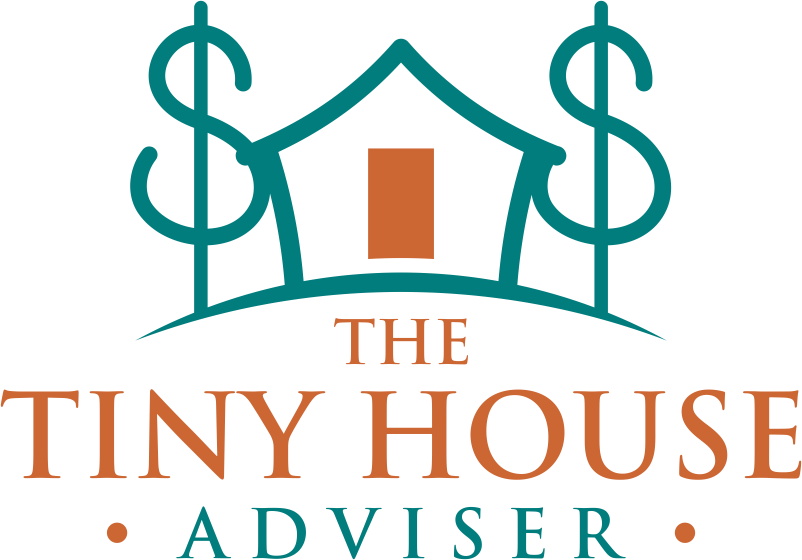EP 94: Takeaways from TinyFest: Why Tiny Living is the Future
If you’ve ever felt like the traditional American dream—owning a big house, climbing the corporate ladder, and sacrificing decades to pay off a mortgage—isn’t quite the right fit for you, you’re not alone. In the latest episode of Less House More Moola, Laura Lynch recapped her experience at TinyFest California and shared powerful insights on why tiny and alternative living are becoming the go-to solutions for financial freedom and lifestyle flexibility.
TinyFest California: A Movement Towards Alternative Living
Laura’s visit to TinyFest was more than just an event recap—it was a testament to the growing shift towards alternative housing solutions. With home prices skyrocketing and financial stability feeling increasingly out of reach, more people are considering creative, sustainable ways to live. Whether it’s a tiny home on wheels, an ADU (Accessory Dwelling Unit), or van life, the possibilities for downsizing and simplifying are endless.
“We have to be creative and resilient because the structures that once provided security aren’t as reliable anymore.” — Laura Lynch
Why People Are Choosing Tiny Living Over Traditional Homes
Tiny living isn’t just about having a smaller space—it’s about reclaiming time, financial freedom, and community connection. Here are some key reasons people are ditching traditional homeownership for alternative living solutions:
1. Simplicity Over Complexity
The more we own, the more we have to manage. A large house means higher expenses, more upkeep, and endless clutter. Tiny living promotes minimalism and intentional living, helping people focus on what truly matters.
2. More Time, More Freedom
Less house means less time spent maintaining it—and more time for experiences, travel, and relationships. Many who adopt the tiny house lifestyle find they can work fewer hours, pursue passion projects, and spend quality time with loved ones.
3. Financial Stability & Mortgage-Free Living
The financial impact of choosing a tiny home over a traditional house is massive. With the average U.S. home costing over $430,000 (not including interest and maintenance), the long-term financial burden can be overwhelming. A tiny home can be purchased for a fraction of that cost—often debt-free—giving owners the flexibility to invest in other aspects of their lives.
4. Tiny Homes Are More Family-Centric
Contrary to the belief that large houses are best for families, many are realizing that tiny and alternative housing solutions actually bring people closer together. Whether it’s living in ADUs on a shared property, traveling in a van to visit family, or co-living with a chosen community, these options allow families to stay connected in a way that traditional housing does not.
How to Transition to Tiny Living Successfully
If you’re considering downsizing or making the shift to alternative housing, Laura outlined a few key steps to ensure a smooth transition:
1. Understand Your Values
Before diving into tiny living, take time to assess what’s most important to you. Do you want mobility or permanence? Are you looking for community living or a secluded retreat? These decisions will guide your choice of tiny home, van life, or off-grid living.
2. Do Your Research
Tiny living requires careful planning. From understanding zoning laws and building codes to learning about solar power and off-grid solutions, educating yourself is crucial. It’s not as simple as picking a realtor and buying a house—tiny living is about crafting a lifestyle that works for you.
3. Plan Your Finances
Laura emphasized that downsizing your home means upsizing your financial freedom. Creating a financial roadmap—including income sources, savings strategies, and cost analysis—will help you make the transition smoothly.
➡️ Need help clarifying your financial priorities? Download the FREE Values Worksheet at TheTinyHouseAdviser.com to define what truly matters to you.
A Real-Life Example: Liz’s Journey to Financial Freedom
Laura shared the inspiring story of Liz, a woman in her late 50s who, after a divorce and an empty nest, realized that maintaining a big house no longer aligned with her values. By transitioning to a tiny home, Liz reduced her living expenses, gained the freedom to travel, and even started a consulting business. Her journey highlights how alternative living can be a game-changer for those seeking financial and personal freedom.
Final Thoughts: Tiny Living as a Smart Financial Decision
Housing is one of the biggest expenses in life, but it doesn’t have to be. As Laura pointed out, “Our life decisions have a bigger impact on our finances than the extra 2% we might save in a 401(k).” Choosing a tiny home, van life, or off-grid living could mean less financial stress, more time for passions, and a future designed on your own terms.
Ready to take the first step? Download the Values Worksheet today and start crafting a lifestyle that aligns with what truly matters to you.
Resources mentioned
Laura Lynch: LinkedIn
Takeaways from the episode
“Tiny living can foster family connections and community.”
“Understanding personal values is key to lifestyle changes.”
“Life decisions impact finances more than small savings.”
Subscribe to the podcast
Apple Podcasts | Spotify | Stitcher | Amazon Music | YouTube | RSS

